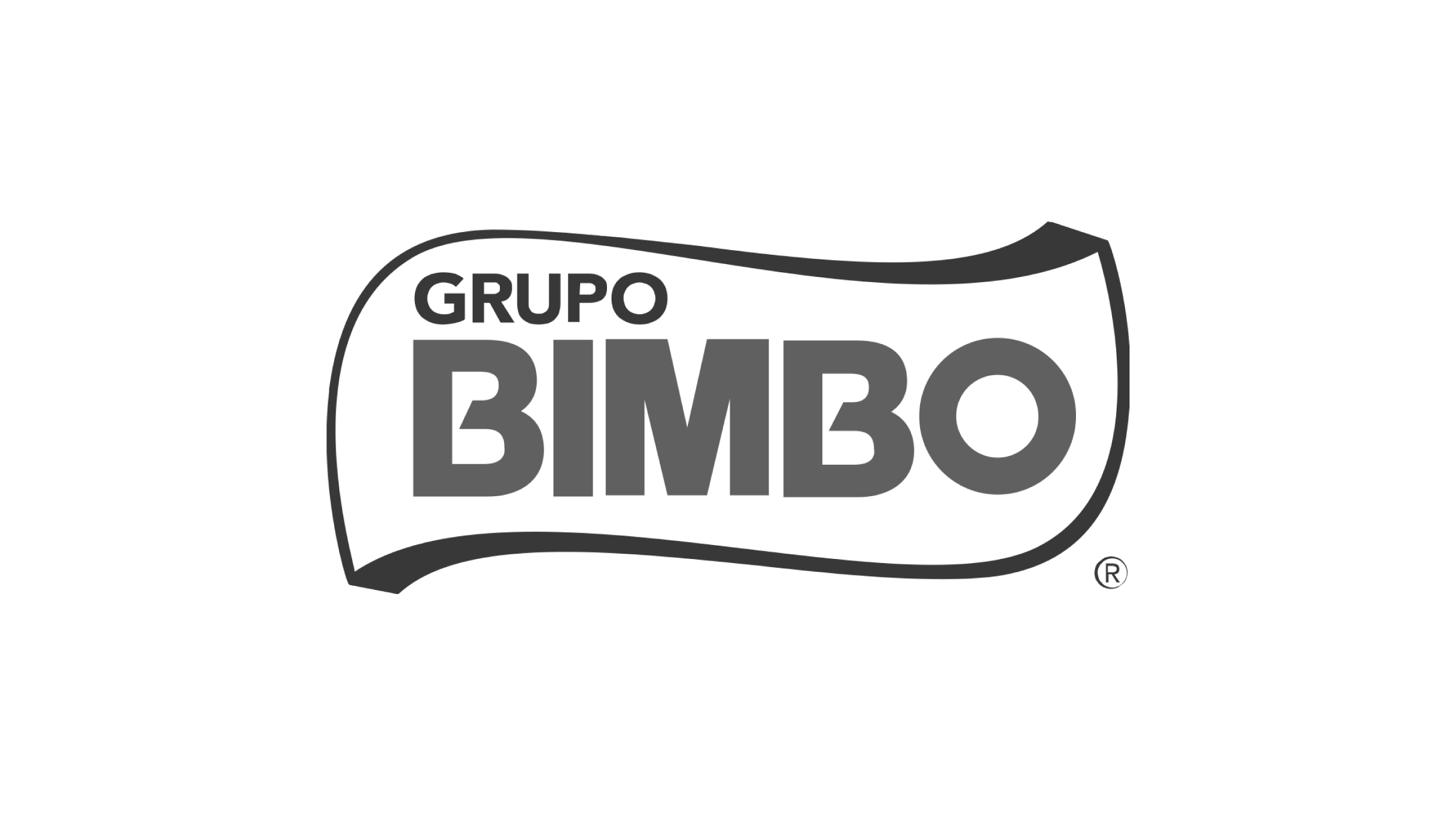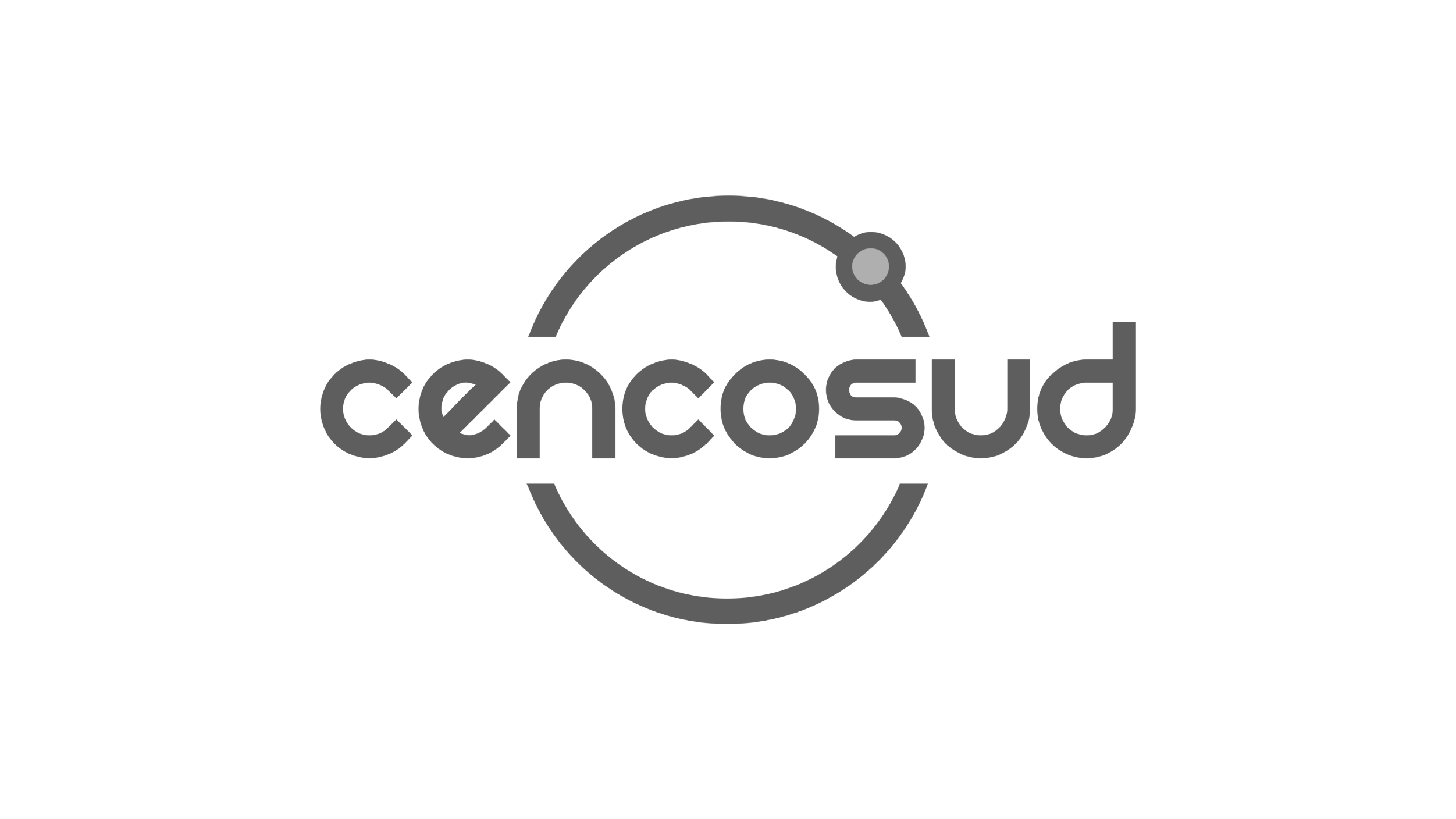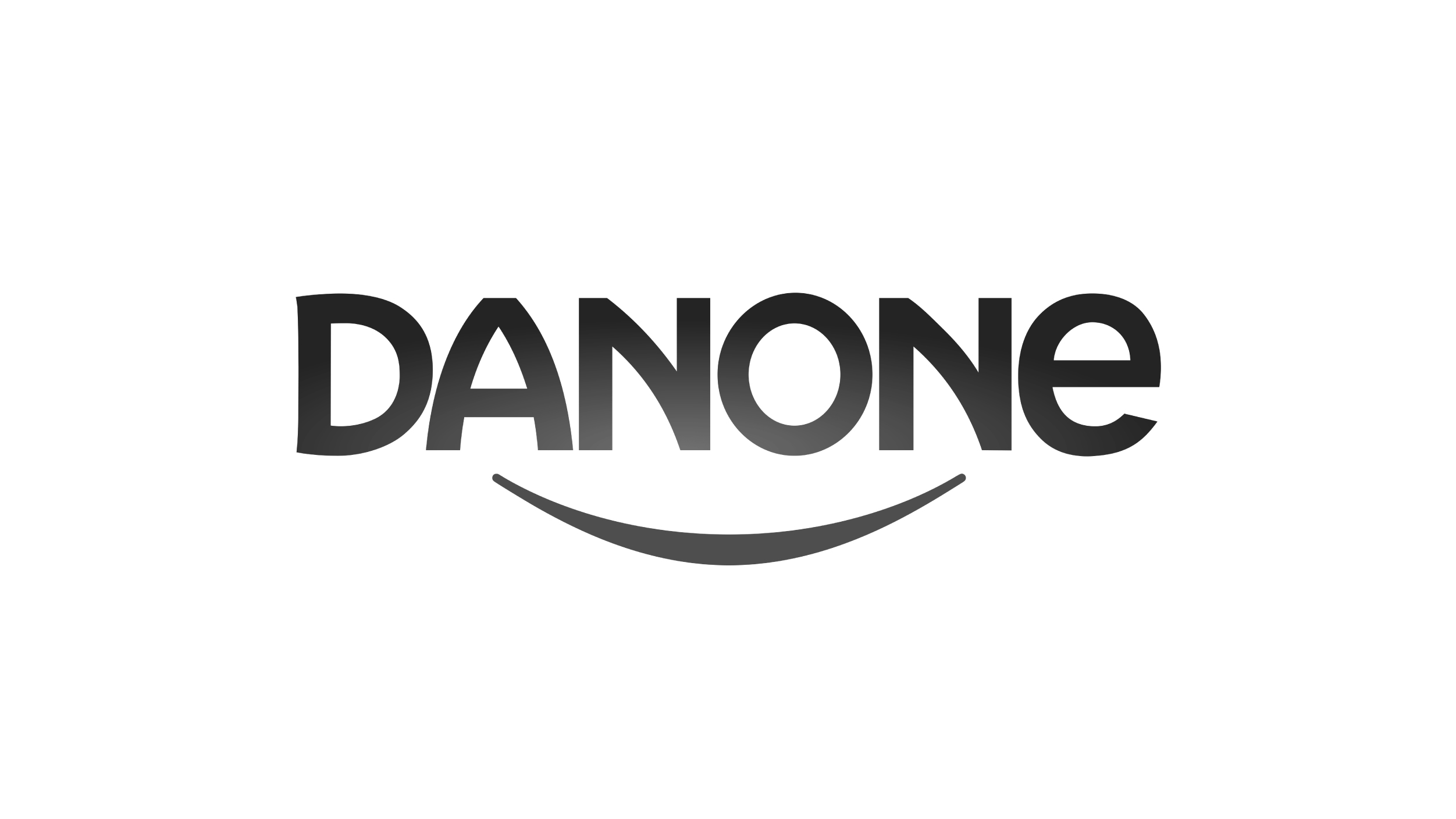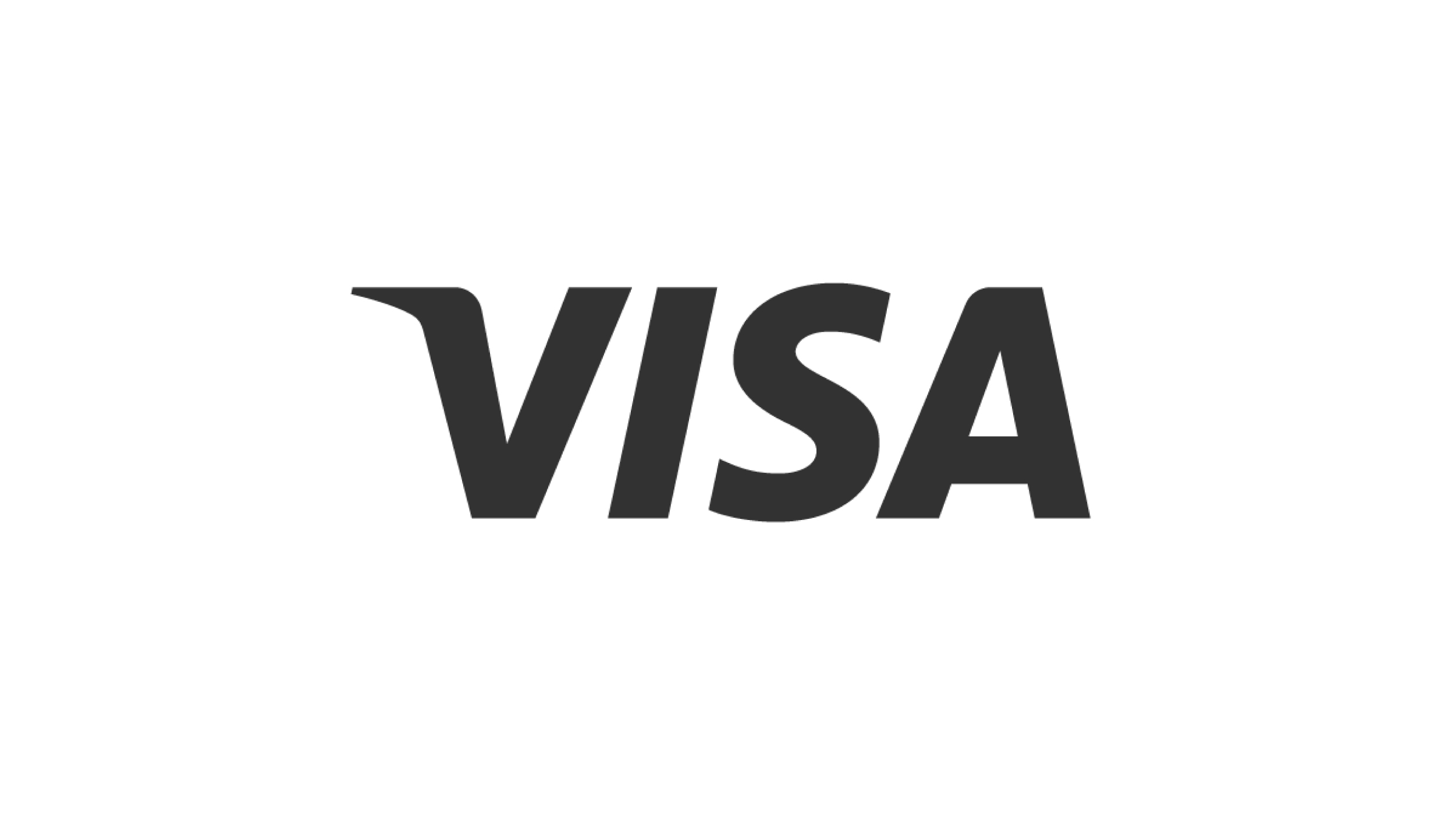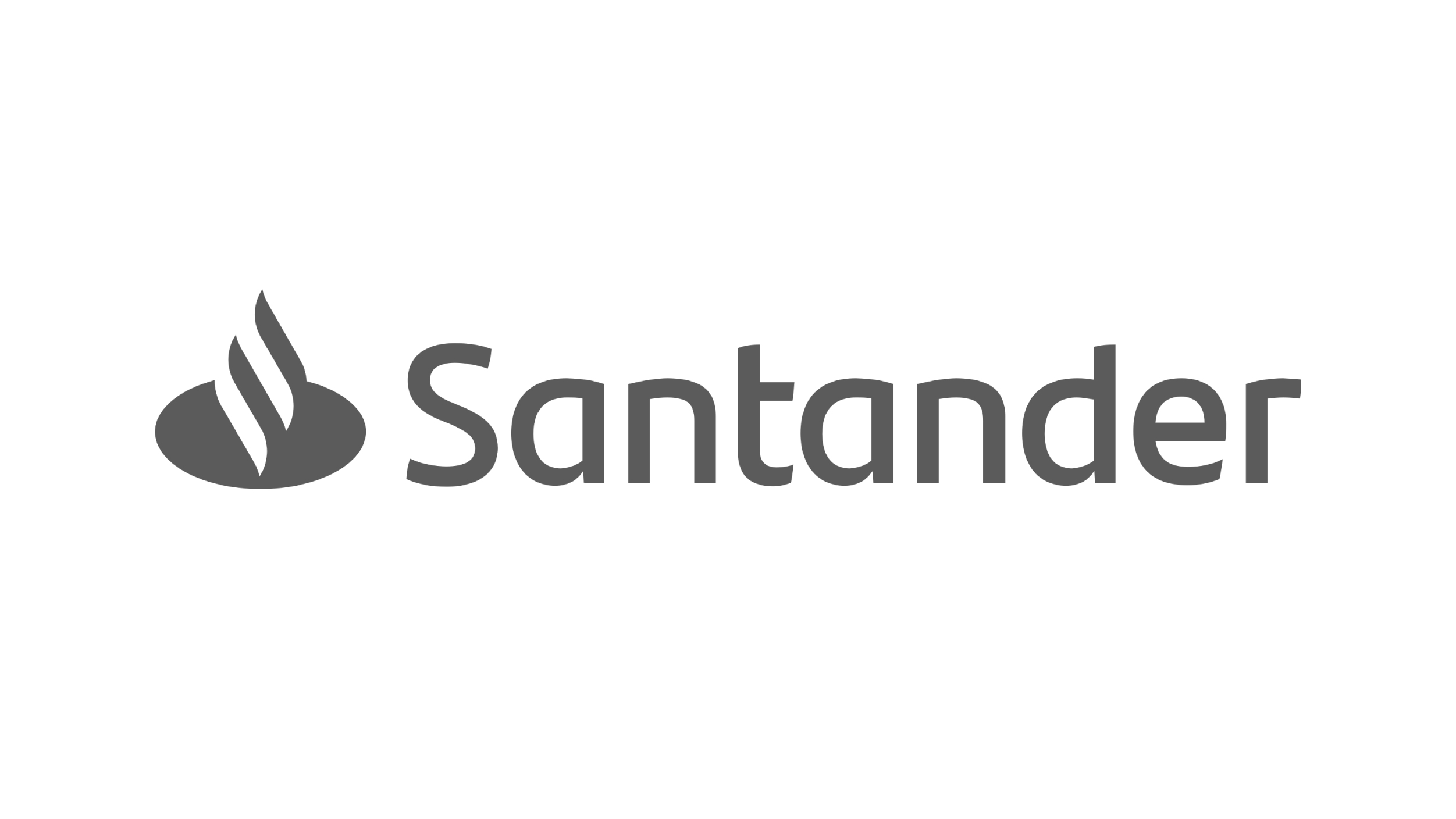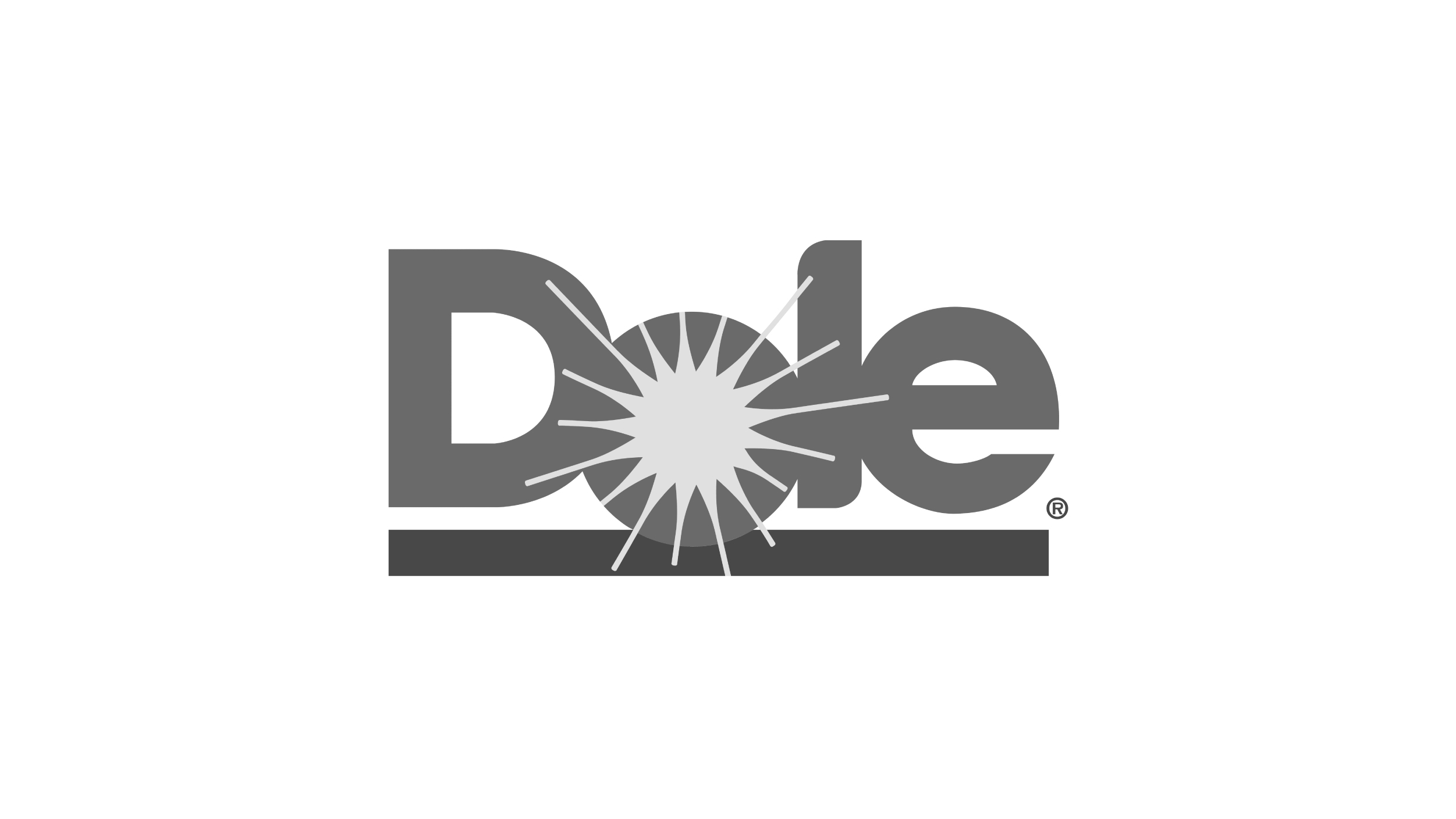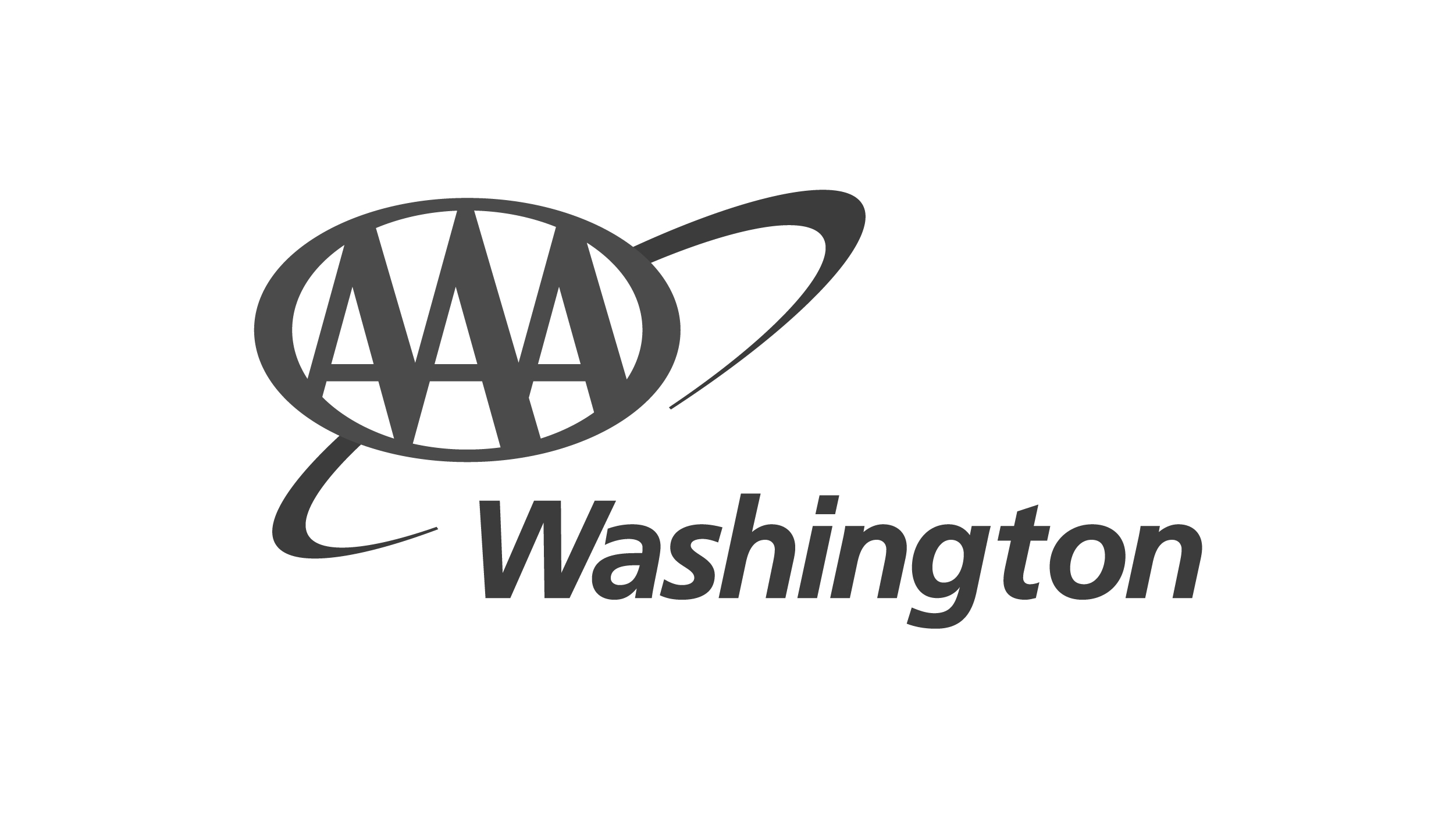
A CLOSER AND STRATEGIC PARTNER
We provide end-to-end solutions, meaning cross-functional teams who can take an idea from conception and into production.
NEARSHORE WITH BAUFEST
YOUR NORTH IN BUSINESS & TECH
Explore the latest trends in technology and business, through content packed with innovative ideas and in-depth analysis that will help you navigate the digital age.
BE TECHNOLOGY, BE BAUFEST


DIGITAL WORLD AND LEAVE YOUR POSITIVE MARK THROUGH TECHNOLOGY

RIGTH SIZE, PERFECT MATCH
A CREATIVE AND HUMANISTIC VIEW OF DIGITAL TRANSFORMATION

BUSINESS DESIGN
Transform your business making it more agile, innovative and people-centered.

SOFTWARE
Create outstanding digital products to evolve your business at scale.
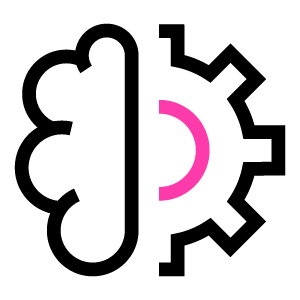
DATA & APPLIED AI
Optimize processes and business decision-making by harnessing the power of data and artificial intelligence.
IT OPERATIONS
Simplify and secure your IT operations so you can grow your business.
HOW CAN WE HELP YOU?






